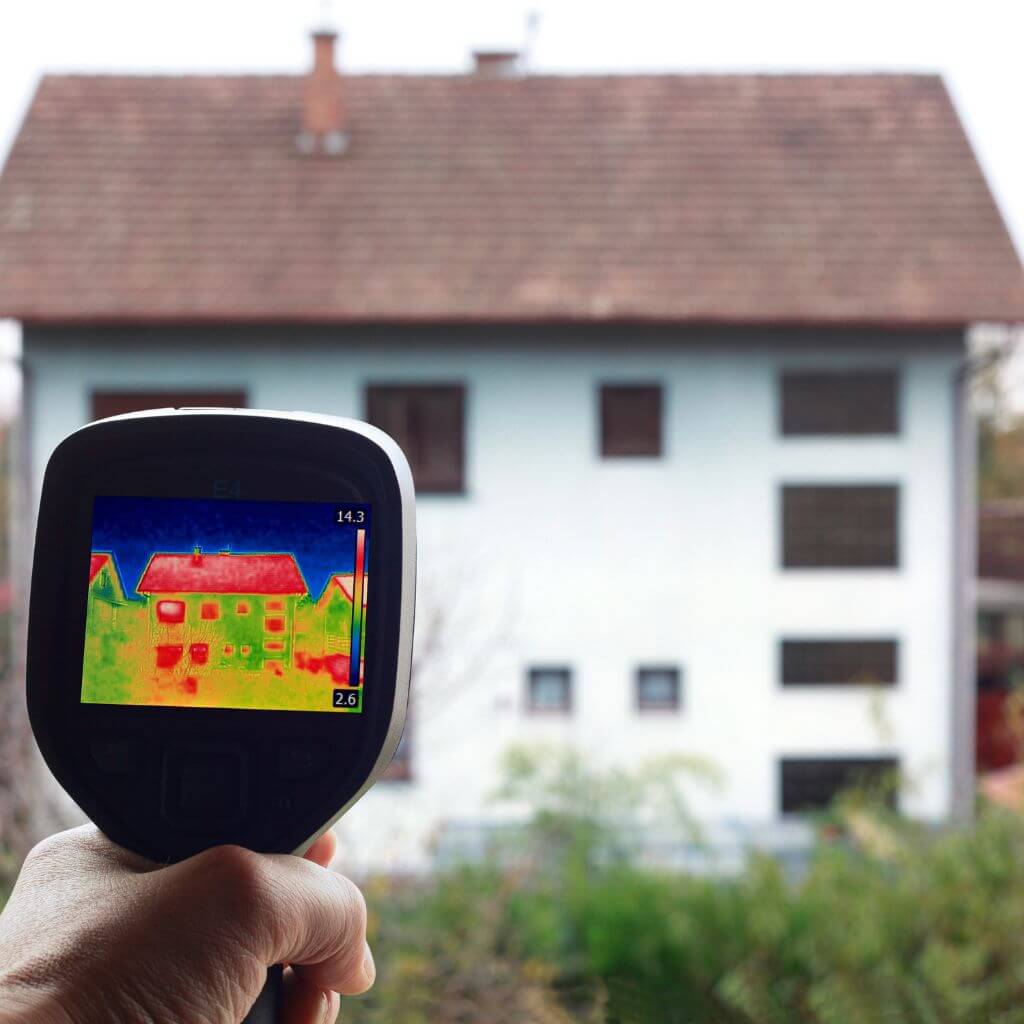
Looking to keep your room nice and cozy? Look no further than the Heat Loss Calculator. This handy tool can help you estimate the power of a heater needed to maintain a comfortable temperature in your space. By calculating heat loss through different surfaces and taking into account factors such as insulation and the number of external walls, this calculator provides you with the information you need to choose the right heater for your room. With the Heat Loss Calculator, you’ll never have to worry about freezing during those cold winter months.
Why do we need heating systems?
All materials conduct heat. You can warm up your place to a comfortable temperature, but as long as the temperature outside is lower, your home will get colder. The flow of the heat from warmer to colder places is practically unstoppable, no matter how high the quality of insulating materials you choose to use. To compensate for the loss, we need to supply energy at a constant rate. This power is the power of a heater that this calculator will help you to compute.

What influences the heat loss?
Heat loss is the effect of the heat transfer (in watts) from inside to outside. Three factors influence heat transfer: The area of a surface through which the heat flows. The material. The temperature difference. The first point is simple, the larger the surface, the more heat can be transferred at the same time. The second point touches upon the characteristics of the materials. Materials used in the construction should comply with specific standards. Among other things, this means that they should have particular properties when it comes to heat transfer (see thermal conductivity calculator). A common characteristic is a heat transfer coefficient, also called U-value. It specifies the transfer of heat through one square meter of a material divided by the difference in temperature. For example, an 11″ brick wall might have a U of order 1 W/(m K), whereas a standard window might have a U-value five times larger. The last factor is the difference in the temperatures. Heat flows only between regions of different temperatures, so if the temperature is the same, there is no flow of heat. In general, the heat transfer is proportional to the temperature difference.
How to compute the heat loss?
To compute the heat loss, we need to sum heat loss through all the surfaces of the room and take into account the different characteristics of the materials used in the construction. The total heat loss is a sum of losses through walls, floor, and ceiling. We compute the loss through a single surface from the equation: Heat_loss = Area × U-value, where: Area is the area of the surface, U-value is the U-value of the material. The heat loss through walls can be estimated in the following way. First, we should specify the type of insulation. In our calculator, we have provided 3 options: no extra insulation: solid brick wall, 9″ thick, U-value = 2.2 W/(m²·K) mediocre insulation: 11″ thick cavity wall, U-value = 1.0 W/(m²·K) very well insulated: 11″ thick cavity wall with extra insulation, U-value = 0.6 W/(m²·K) If you wish, in additional information, you can set the U-value by hand. We also need to know the total area of the walls. However, we should take into account only outside walls. Finally, in additional information, you can decide on the number of windows and external doors. A large quantity of heat is lost through them. We have set the U-value of windows to 2.5 W/(m²·K) and external doors to 2.4 W/(m²·K). In our calculator, we include the heat loss through the floor only if this is the ground floor. The U-value is 1 W/(m²·K). Similarly, we include the heat loss through the ceiling only if the room is on the top floor. The U-value of the ceiling is 0.7 W/(m²·K).

Heat loss calculator
To use the heat loss calculator and to find the power of the heater, you need to give the dimensions of your room, specify on which floor it is, and what type of insulation the walls have. If you are unsure which insulation type to choose, go for the worse insulation. It’s safer to be pessimistic. Finally, you should also specify how many external walls there are. In the section labeled additional information, you can also include the number of windows and doors. With this information, we can compute the heat loss (in watts divided by the temperature difference). Knowing the heat loss, we can estimate the power of a heater. The last bit of the information needed is the difference in temperature between the inside (internal temperature) and outside (ambient temperature). The internal temperature depends on your comfort. The ambient temperature should be the minimum temperature occurring in your region.
BTU heating calculator
In some places around the world, it is more common to use the BTU (British Thermal Unit) per hour instead of watts to specify the power of a heating system. If you wonder how many BTUs I need, you can easily change from watts to BTUs per hour in our calculator. Did you know a good sound-absorbing material can minimize the energy lost as heat? To see how good materials absorb sound, visit the sound absorption coefficient calculator.

